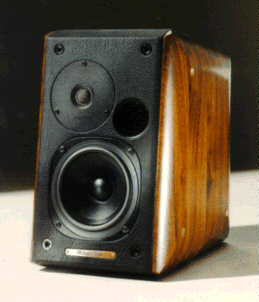Woodchips2":1y5bp3fo said:
They look good =D>
Are you going to tell us how you made them ?
Regards Keith
Thanks.
I am terrible for taking photos as I go, but I will try and explain the process
1. I made the mold out of white faced melamine and then routed a couple of circles out of chipboard.
2. I then used a fillet ball and modelling clay to create the radius on the edges.
3. Once that was done, I made the GRFC mix. It is basically a 1:1 sand / cement with super plasticiser and 15mm fibre glass added.
4. I poured a small amount into the mold until it was 18mm deep and to the top of the 3 melamine circles that were screwed to the inside face.
5. I then placed a block of foam that I had made using 25mm polystyrene sheet into the mold and clamped it down
6. With the foam block in place I just had to then fill the mold to the top
7. Once filled I gave the mold a quick vibrate using an old orbital sander
8. Left for a day and then dug out the polystyrene and removed the cured unit from the mold
9. The face came out very polished as it was, and I used a wet 1200 diamond grit to finish polish the face and side.
10. The speaker units have been bonded into the cases using epoxy. I think I could have designed a better way so that in the event I need to replace one I don't have to make a right mess getting the old unit out, but as this was a proof of concept I thought I'd just get on with it
I am really looking forward to testing them to see how they sound



































